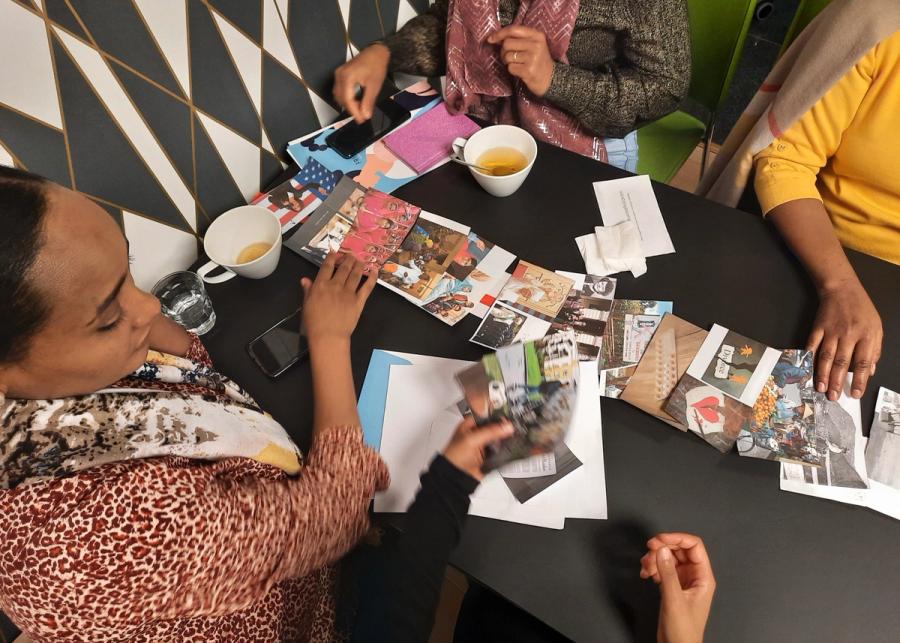Timeline: Women´s rights
This inspiring activity, which can be used to introduce the United Nation’s Declaration on the Elimination of All Forms of Discrimination against Women, illustrates beyond any doubt that women have gained better conditions and better protection of their rights over the last two centuries.
Quick facts




Activity goals
- To gain insight into important milestones that have had an impact on women’s lives across the globe
- To gain knowledge about women’s rights and the UN Women’s Convention
- To feel mastering and become inspired

Preparations
- Short presentations about the UN Women’s Convention and the pictures in the timeline. See the attached proposal for pictures and by all means add pictures showing milestones in your own country.
- Attach coloured tape on the tables from end to end. This will illustrate a time line from the nineteenth century (1800s) up to today.
Instructions
- The facilitator gives a short introduction to the UN Women’s Convention (15 minutes). Important points:
- Women have been a discriminated group: denied the right to vote and freedom of movement, and denied legal and economic rights throughout history. Many people have fought to give women better protection and equal opportunities as men. This work has been productive, particularly during the last two centuries.
- The UN Charter (1945) and the UN World Declaration of Human Rights (1948) both confirm that women and men are equal and have the same human rights.
- The UN Women’s Convention was adopted in 1979. This convention defines some fundamental rights that women all over the world are entitled to. Women shall be equal to men under the law, they must have the same right to education and work, have the right to vote, freedom of movement, health assistance, freedom to marry as they choose, and many other rights. The state authorities have the most important responsibility for ensuring women’s rights. The UN Women’s Convention emphasises that the states have the responsibility for combatting traditional thinking and customs that claim that one gender is superior to the other.
- The facilitator hands out selected provisions from the UN Women’s Convention.
- The facilitator divides the participants into groups (4-6), each to be given a set of pictures. Their job is to interpret the pictures and to try to order them chronologically along the timeline on the table. Which milestones in the history of women do the pictures refer to? (30 minutes)
- The groups briefly present their timelines.
- The facilitator displays the pictures in chronological order. Explain how the incident or the person depicted has been important in the struggle to create better conditions for women. Then ask the participants which article or articles in the UN Women’s Convention they believe is/are relevant for the situation in the picture.
Debriefing
The historical struggle for women’s rights has many milestones. Many have led the way and fought for the freedom women have today. In 1979 the Declaration on the Elimination of All Forms of Discrimination against Women was adopted by the UN. This gives women the same rights as men, also laying down that traditional thinking and customs claiming that one gender is superior to the other must be counteracted. In many regions of the world there are still major challenges when it comes to women’s right to have a fulfilling life. The work to achieve equality must continue. Fighting for positive change gives results.
Tips to the facilitator:
A good cartoon in Arabic with English translation about the UN Women’s Convention (approximately 6 minutes)
(English translation: John Anthony)



